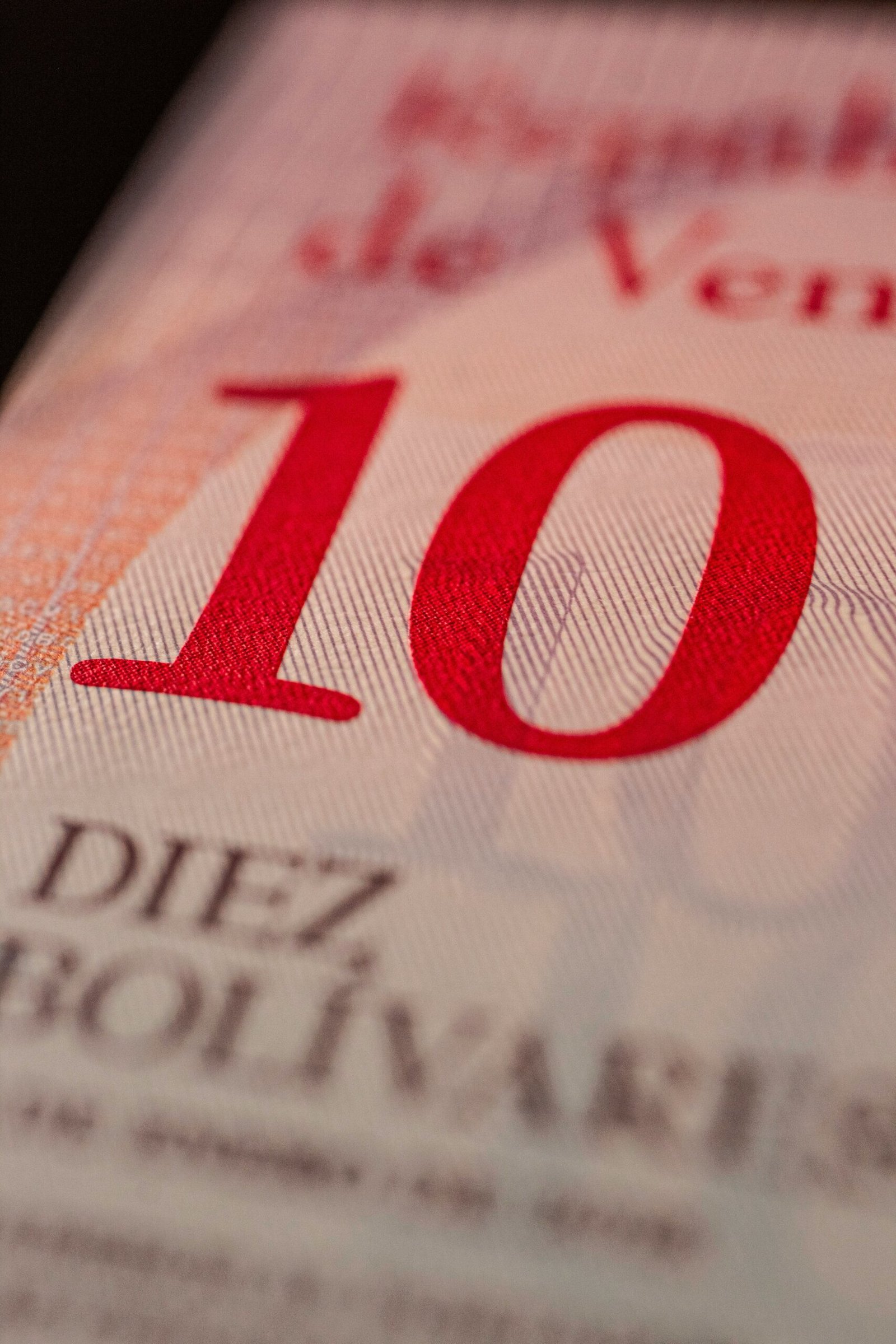
Introduction to Currency Types
The foreign exchange (forex) market is a complex and dynamic environment where currencies are traded globally. Understanding the types of currencies and their interrelationships is crucial for anyone looking to engage in forex trading effectively. Currencies can be broadly categorized into three main types: major currencies, minor currencies, and exotic currencies.
Major currencies are the most traded currencies in the forex market. They include currencies such as the US Dollar (USD), Euro (EUR), Japanese Yen (JPY), and British Pound (GBP). These currencies are characterized by their high liquidity and stability, making them preferable choices for traders. Major currencies are often considered safe havens in times of economic uncertainty, and they are paired with one another, forming the basis of most forex trades.
Minor currencies, on the other hand, are less frequently traded and are typically derived from smaller economies. Examples of minor currencies include the Australian Dollar (AUD), Canadian Dollar (CAD), and New Zealand Dollar (NZD). While these currencies may not have the same trading volume as major currencies, they can still present various trading opportunities. Their value can be influenced by factors such as commodity prices, economic data releases, and geopolitical events.
Exotic currencies are currencies from developing or emerging economies and are paired with major currencies. Examples include the Turkish Lira (TRY), South African Rand (ZAR), and Mexican Peso (MXN). Trading exotic currencies can involve higher risk due to lower liquidity and greater volatility. Despite these challenges, exotic currencies can offer unique opportunities for traders looking to diversify their portfolios.
Understanding how these currencies are paired is fundamental in forex trading. The relationship between different currencies allows for various trading strategies and provides insights into global economic dynamics. Each currency pair reflects relative strength and weakness, influencing trading decisions.
How Currencies Interact in Forex Trading
In the realm of forex trading, currencies operate chiefly through pairs, with each currency pairing consisting of a base currency and a quote currency. The base currency is the first listed currency in a pair, while the quote currency is the second. The value of the pair reflects how much of the quote currency is needed to purchase one unit of the base currency. For example, in the EUR/USD pair, the euro (EUR) is the base currency, and the US dollar (USD) is the quote currency. Understanding this structure is vital for traders as it forms the foundation of exchange rate movements.
Exchange rates in forex trading are heavily influenced by several macroeconomic factors, including interest rates, inflation, and economic growth indicators. When an economy experiences strength, its currency usually appreciates against others, resulting in fluctuations in currency pairs. Additionally, geopolitical events, such as elections, trade agreements, and conflicts, can lead to sharp changes in currency values, further impacting exchange rates. These dynamics create a continually shifting landscape for traders looking to capitalize on price movements.
Moreover, the notion of correlation between different currency pairs plays a critical role in forex trading. Currency pairs can exhibit positive, negative, or no correlation. Positive correlation means that as one currency pair moves in one direction, the others move in the same direction. Conversely, negative correlation implies that one pair moves in the opposite direction to another. Traders utilize these correlations to construct diversified trading strategies, allowing them to benefit from simultaneous movements across multiple pairs while managing risk effectively.
By synthesizing knowledge of currency interactions, traders can make informed decisions based on the anticipated behavior of currencies. Understanding how currencies affect one another, driven by economic and geopolitical variables, ultimately provides traders with a strategic advantage in the competitive landscape of forex trading.
Factors Influencing Currency Value
The forex market is shaped by various factors that significantly influence currency values. Central to this are economic indicators such as inflation rates, interest rates, and Gross Domestic Product (GDP) growth. Inflation rates reflect the purchasing power of a currency; typically, a lower inflation rate translates to a stronger currency. Traders often monitor inflation data closely, as rising prices can erode currency value and impact market expectations.
Interest rates play a crucial role in currency valuation. Central banks set interest rates to control money supply, and higher interest rates generally attract foreign investors looking for better returns on investments denominated in that currency. Consequently, increased demand for a currency can enhance its value. For instance, when the Federal Reserve raises interest rates, the U.S. dollar may strengthen against other currencies due to the influx of capital seeking higher yields.
GDP growth is another essential factor; robust economic performance can increase investor confidence, resulting in a stronger currency. A growing economy typically indicates healthy business activity, which sustains currency demand. Moreover, market participants often evaluate GDP figures alongside other economic indicators to assess overall economic health, allowing for more informed trading decisions.
Central bank policies are also pivotal in determining currency strength. Actions by central banks, such as monetary easing or tightening, can influence investor sentiment and ultimately affect exchange rates. For example, expansive monetary policies may lead to currency depreciation, whereas tightening can bolster currency value. Additionally, political stability significantly impacts currency valuation, as nations perceived as stable tend to have stronger currencies due to lower risk for investors.
Lastly, global events, including geopolitical tensions and economic crises, can cause volatility in the forex market, altering the relationships between different currencies. Such events may lead to rapid shifts in currency value, prompting traders to adjust their strategies accordingly.
Strategies for Trading Currencies
In the dynamic realm of forex trading, developing effective strategies is paramount for success. The primary approaches employed in trading currencies are technical analysis, fundamental analysis, and sentiment analysis. Each of these methodologies offers unique insights and helps traders make informed decisions regarding currency movements.
Technical analysis involves examining historical price data to identify patterns and trends. Traders utilize various tools such as trend lines, moving averages, and chart patterns to forecast future currency pair behaviors. For instance, a trader might observe a head and shoulders pattern, signaling a potential reversal in the currency pair’s direction. This method visually captures market sentiment and provides a statistical basis for entries and exits, making it an indispensable tool in forex trading.
On the other hand, fundamental analysis focuses on economic indicators, news events, and geopolitical factors that can influence currency values. Economic reports, such as employment figures or GDP growth, can generate substantial volatility in the forex market. A trader utilizing this approach would analyze how such reports could affect currency pairs, making trades aligned with upcoming economic announcements. For example, if strong employment data is reported in a country, a trader might anticipate an appreciation of that country’s currency against others.
Sentiment analysis measures the overall attitude of market participants towards a particular currency pair. Understanding whether the market is predominantly bullish or bearish helps traders gauge potential price movements. By combining sentiment analysis with the other two techniques, traders can develop a comprehensive strategy. Moreover, managing risk should remain a priority throughout the trading process. Utilizing stop-loss orders and setting position sizes based on risk tolerance acts as a buffer against unforeseen market changes.
Ultimately, developing a cohesive trading plan that incorporates these strategies while acknowledging the interrelationships between different currency pairs can enhance trading outcomes. Successful traders often engage in backtesting their strategies against historical data, enabling them to refine their methods and identify potential pitfalls.

